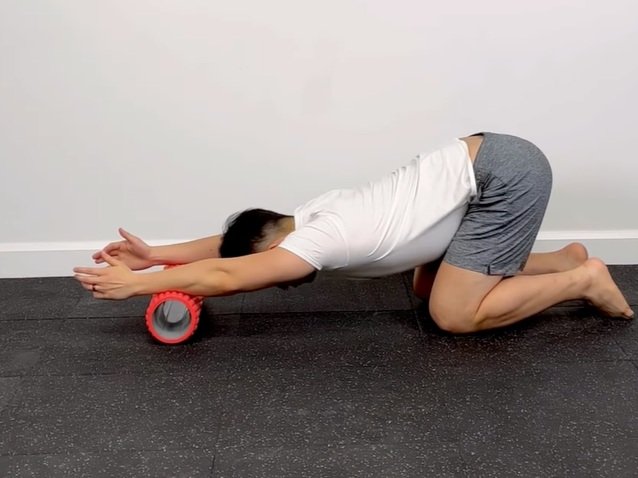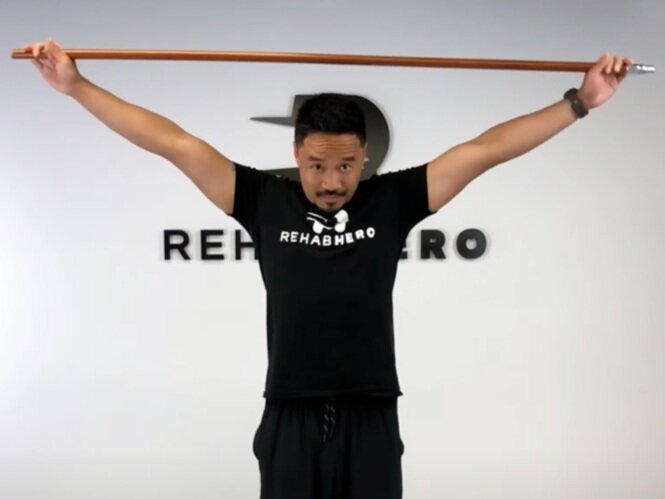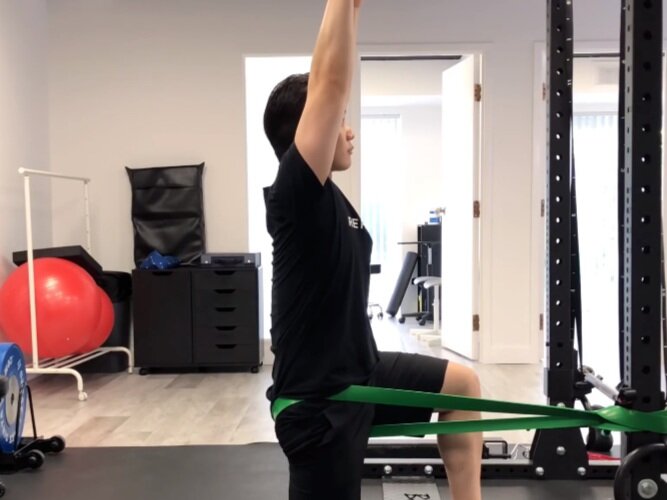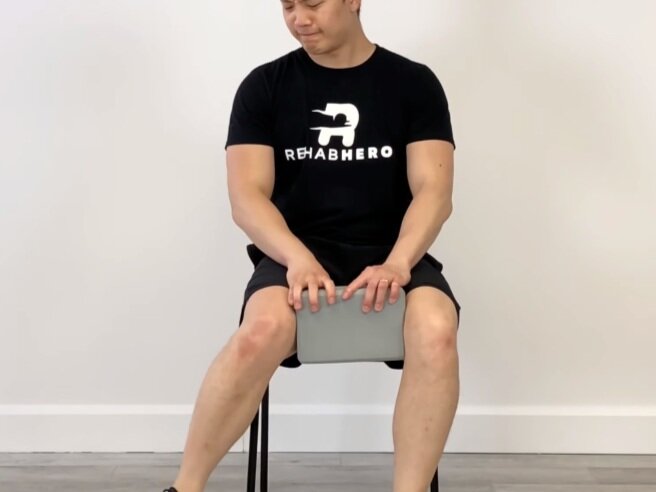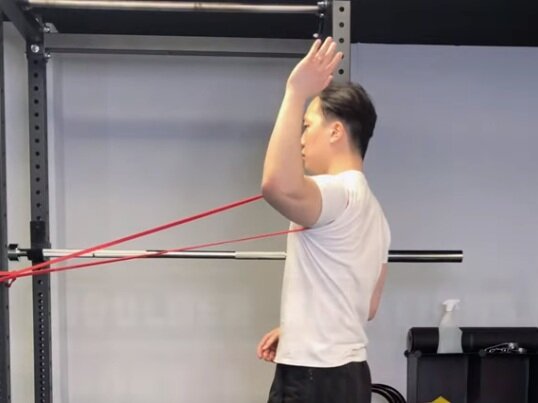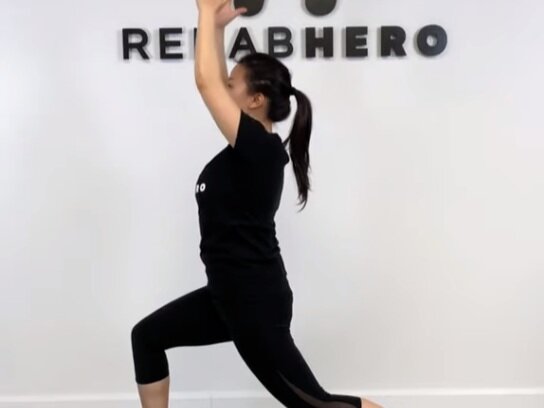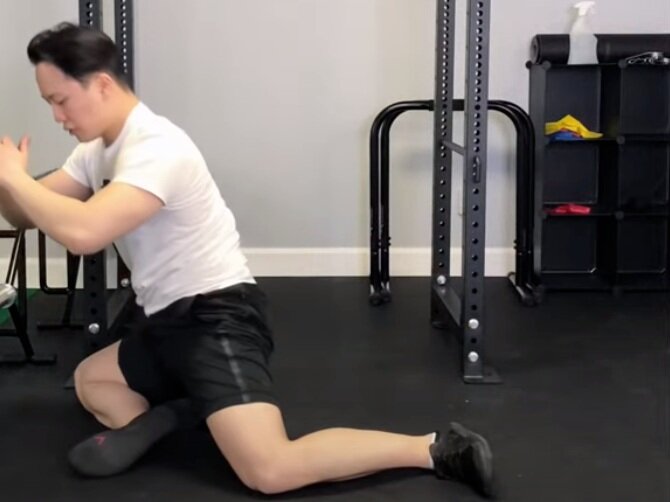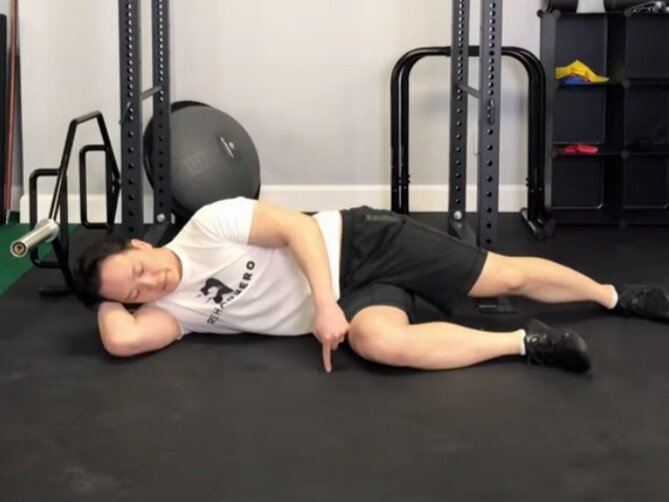Etiology of Spine Pain
Common Causes of Spine Pain
Understanding the Sources of Low Back and Neck Pain
What Are Some Common Sources of Pain?
The most common cause of neck and back pain is muscle strain and ligamentous sprain that can occur from direct trauma or from repetitive overuse injuries. Myogenic pain can be divided into delayed onset muscle soreness (DOMS) or muscle contusion (uncommon cause of axial pain). Ligamentous pain can be due to pathological elongation (sprain) and is further divided into partial or whole tear injuries. The mechanism of injury can be repetitive, active, passive, or occur as a single event. Muscle injuries may involve forceful contraction of muscular tissue while the tissue is being stretched (eccentric contractions). Similarly, ligamentous injuries involve the forceful passive stretching of the tissue beyond the physiological range and is a common cause of neck or back pain. In whiplash injuries, the anterior longitudinal ligament and cervical facet joint capsule are compromised and cause pain. The pain is described as aching, sharp, or dull, and range in severity from mild to severe.
What is Myofascial Pain?
Myofascial pain is caused by local trigger point formation, and is a muscle-related disorder. Trigger points occur with abnormally active motor endplate activity in which a constant state of myofibril contraction is created due to continual release of acetylcholine. This leads to tissue hypoxia and edema, which can develop into ischemic muscle pain. The pain is described as a deep dull ache, with a stereotypic pain referral pattern. The pain varies day-to-day and is exacerbated with prolonged static postures, repetitive movement, lack of sleep, and nutritional imbalance. The pain may be associated with a decrease in ROM, local tenderness, and some dysesthesias. Palpation (diagnostic touching) will reveal a taut and tender muscle band that will reproduce the patient’s referral pattern.
What Type of Passive Treatment works for Myofascial Pain?
Myofascial pain is often treated with massage therapy with positive long term results. This includes both sports massage and deep tissue massage therapies. At most clinics around the world the RMT specializes in this type of passive treatment. At Rehab Hero all therapists including the physiotherapist and chiropractor are also trained to deliver this type of treatment.
Which Exercises Relieve Myofascial Pain?
Myofascial pain is generally relieved with movement. Since it typically occurs when holding a single position or doing a single activity repetitively, it makes sense that doing the opposite can help to relieve symptoms experienced. Diversifying the type of activity you are doing is an easy way to start providing yourself with pain relief. As such any combination of strengthening, stretching, or mobility exercises can help to reduce the symptoms experienced. For long term results, strengthening exercises to the structures affected can also help with increasing your muscle’s ability to handle stress and load. You can find ideas on how to exercise specific muscles using our Free Exercise Database.
How Do Facet Joints Produce Pain?
Facet joints are true synovial diarthrodial joints. The joints most affected by pathology are C5/6, C6/7, L4/5, and L5/S1 spinal segments due to their many degrees of freedom. Facet joints have a dual sensory, nociceptive innervation, which is carried by the medial branches of the segmentally adjacent posterior primary rami. The nociceptive nerve endings and multisegmental innervation of a single facet joint explain the diffuse, non-focal nature of pain experienced in patients. The most common causes of facet joint pain are age-related osteoarthritic changes and traumatic capsular tears. Associated activities include aggravation of symptoms with standing, walking, flexion, and extension. Cervical referral patterns exist, with patterns extending into the parietal, occipital (C2/3), shoulder, upper arm, and periscapular regions. Lumbar facet joints can refer to the buttocks, groin, thigh, and distal to the knee.
What Type of Passive Treatment works for Joint Pain?
Both joint mobilization and joint manipulations (high velocity low amplitude adjustments) have been shown to be effective for reducing joint pain. The premise of this type of therapy is to re-introduce movement back into the joint to jump start synovial fluid circulation. Additionally the pain relief provided with this type of therapy opens up a window of type that allows you to exercise pain free for good long term results. Joint mobilizations can be provided by your Registered Massage Therapist, Physiotherapist or Chiropractor. Chiropractors are also additionally trained in joint manipulations. Depending on additional credentials your physiotherapist may also be trained in joint manipulations.
Which Exercises Relieve Fact Joint Pain?
Unlike muscles, facet joints receive the nutrition required to optimally recover from synovial fluid (rather than blood). Synovial fluid circulates within a joint with when that joint moves, and as such exercise provides the best avenue for relieving joint pain. Specifically joint mobility exercises help with the circulation of synovial fluid (rather than stretching or strengthening exercises which target the muscles). Click here for neck mobility exercises or here for low back mobility exercises.
How Does the Disc Produce Pain?
Internal disc disruption most commonly affects the L4/5 and L5/S1 vertebral segments and is a proposed mechanism for discogenic mediated pain, and occurs as part of the degenerative cascade. It is characterized by progressive annular deterioration to the outer 1/3 of the annular fibrosis which is innervated by nociceptive nerve endings. These nerve endings can be activated by either compression or through inflammatory processes (cytokines) leading to pain. Patients have increased pain with sitting and standing. Physical findings may include diminished ROM, severe muscle spasm, and tactile hyperalgesia at the involved spinal levels. Headache stemming from cervical discs have been observed, with discogenic pain extending into the occipital or frontal areas of the head from the C2/3 level. Headaches can also occur with discogenic pain from the C3/4 level but extends less into the occiput, levels below C3/4 do not produce headache. For more information on disc pain click here. For more information on sciatica pain click here.
References
1. Meleger A, Krivickas L. Neck and Back Pain: Musculoskeletal Disorders. Neurologic Clinics [serial on the Internet]. (2007, Jan 1), [cited November 6, 2017]; 25419-438. Available from: ScienceDirect.
2. Vincent M. Cervicogenic Headache: The Neck Is a Generator: Con. Headache: The Journal Of Head & Face Pain [serial on the Internet]. (2010, Apr), [cited November 6, 2017]; 50(4): 706-709. Available from: Psychology and Behavioral Sciences Collection.













